Jordan Visit: Monk, Mosaic, Mosque and Mountain
Today’s highlight was the visit to the Holy Land Institute for the Deaf (HLID) in Salt, the oldest city in Jordan. Brother Andrew greeted us. He’s the 77-year-old monk who runs the HLID, as well as the offsite programs for deaf and blind children in neighboring countries. He spoke to us for an hour about the 120 children who live in the Salt facility and receive an education and loving care. Then we toured the facility. The way he interacted with each student and teacher was beautiful. It was as though each person was Jesus to him. To hear him speak about the Spirit of God and the special role of Christians in this region was inspiring to say the least. He showered us with gifts of handmade crafts created by the children, shared plans for a new church and other buildings, and encouraged us to be in touch.
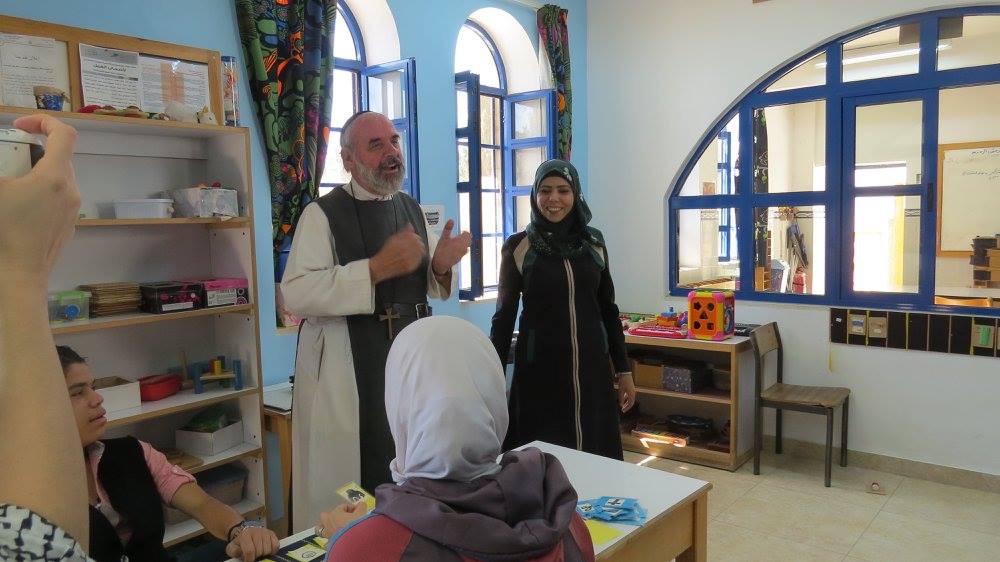
Brother Andrew and Issa who run the Holy Land Institute for the Deaf, a residential school for deaf and blind children.
Then we stopped by a mosque that is the very one frequented by King Abdullah, a stunning sight.
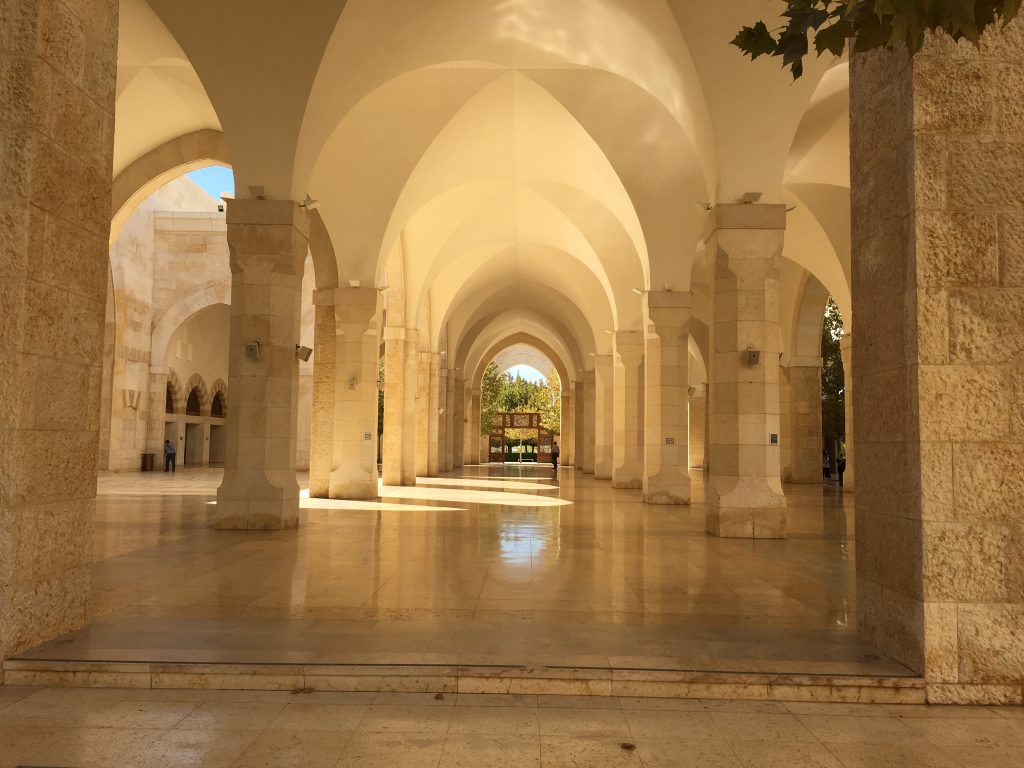
Mosque that houses a private office for the king of Jordan, King Abdullah
We then traveled to Madaba, the mosaic capital of the Levantine, and saw Byzantine mosaics, in particular a map of the holy land crafted in the sixth century.
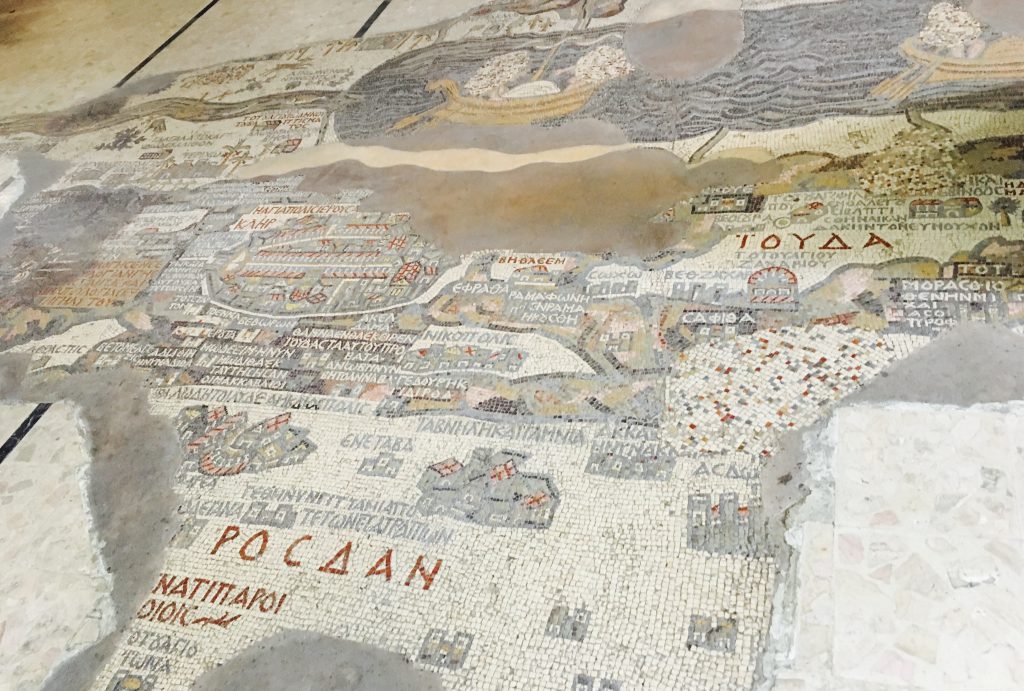
Mosaic map on the floor of St. George’s Greek Orthodox Church dating. The map was made in about 560 CE.
Mt. Nebo welcomed us at the golden hour. This is the traditional location of Moses’ vantage of the promised land flowing with milk and honey, and the site of his tomb. What a beautiful sunset!
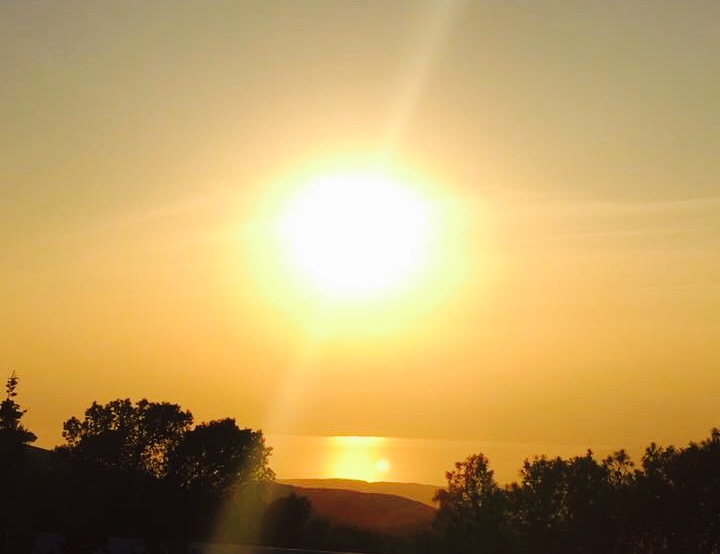
Sunset over the Dead Sea viewed from Mt. Nebo, Moses’ traditional final resting place. Photo: Tim Schenck
A few more photos from today and yesterday:
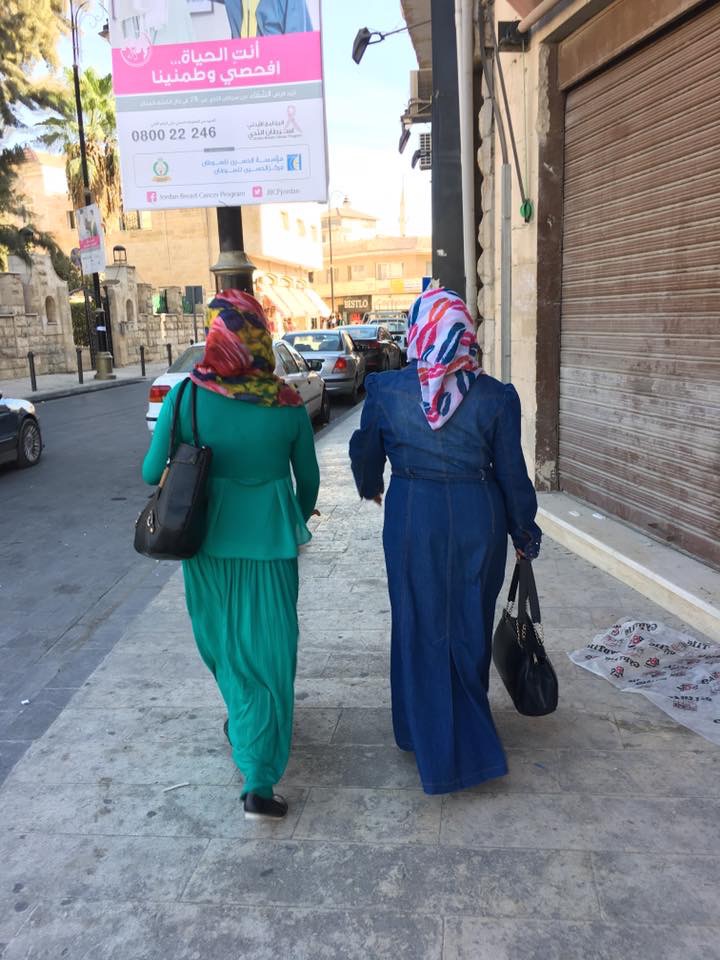
Muslim women walking down the street in Madaba.
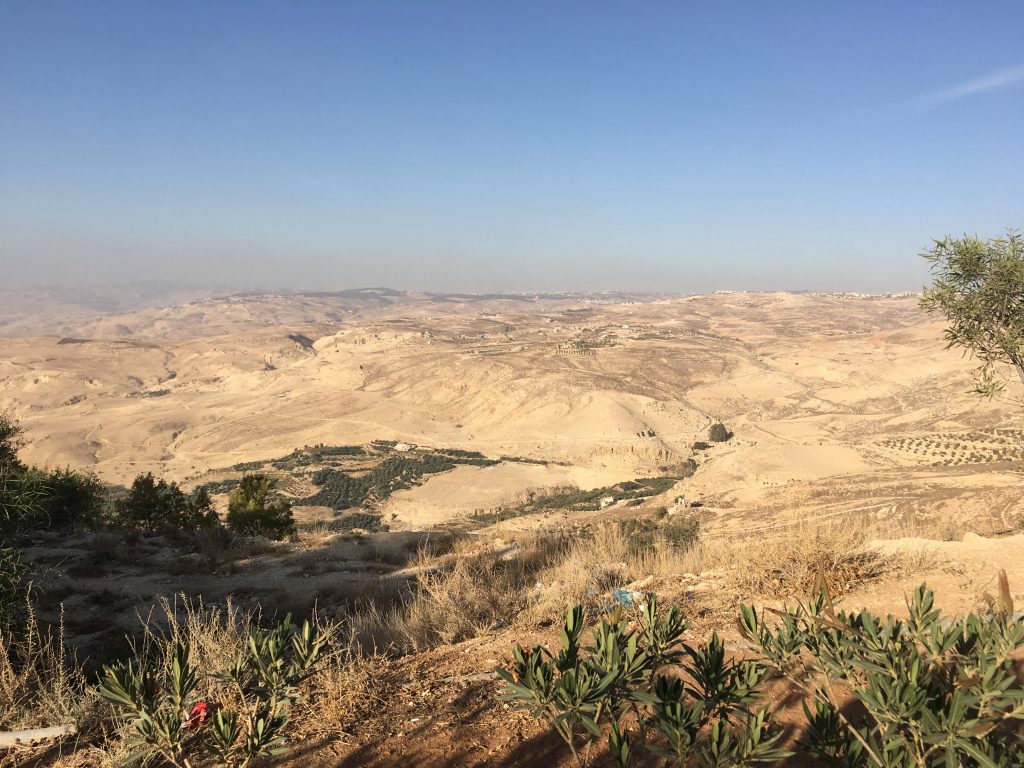
View from Mt. Nebo
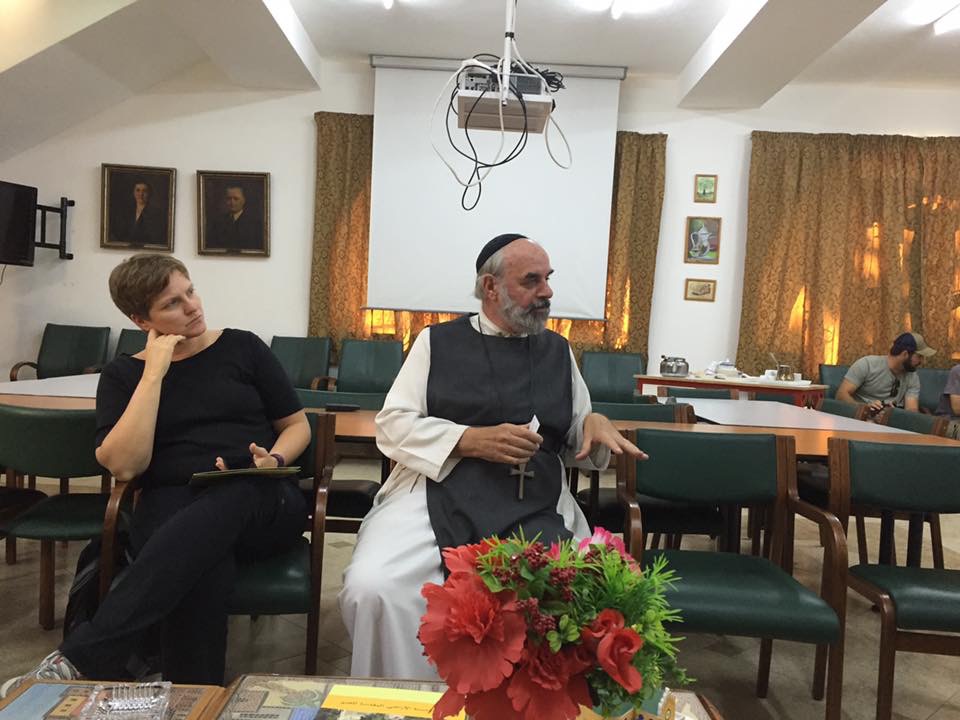
Listening to Brother Andrew
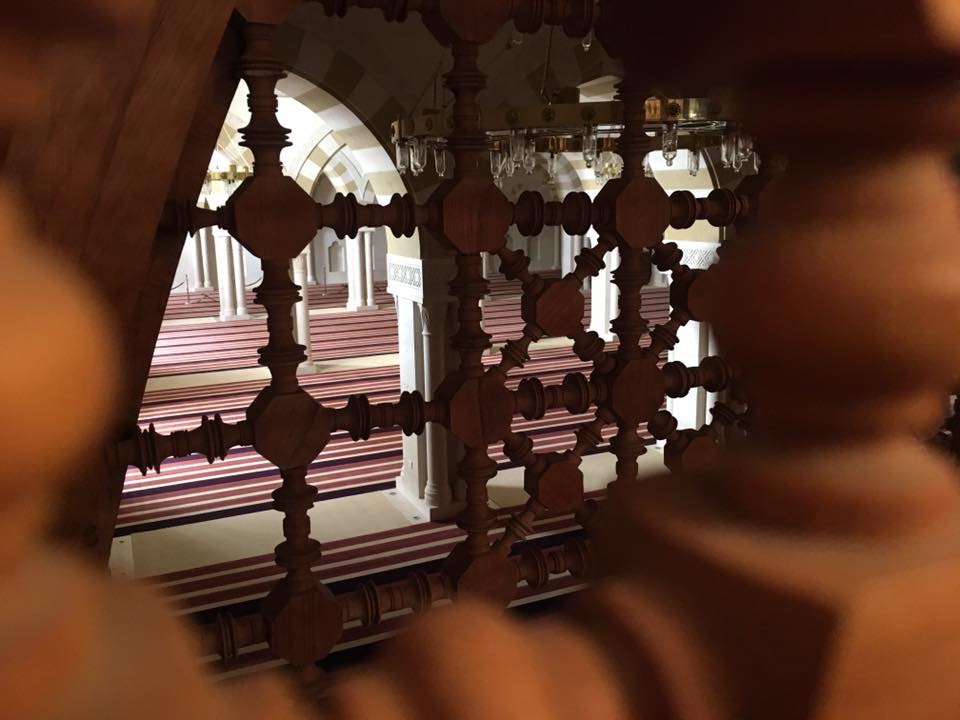
View of the mosque from the women’s prayer room
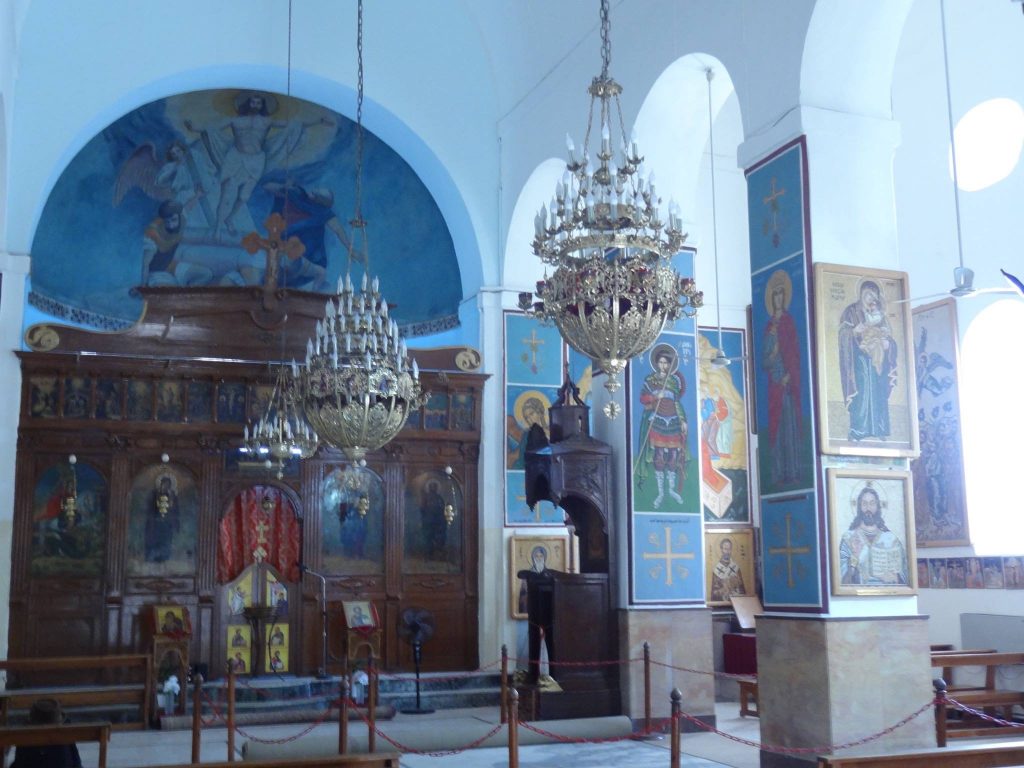
St. George’s Greek Orthodox Church, a place of many, many icons. I’ve never seen so many in one place.
by
Category: #Communications, #Sundays
Recent Stories
As the holiday season unfolds around us, with twinkling lights, joyous carols, and bustling festivities, many of us carry a quieter reality. For some, the holidays can feel like a […]
The last week of January is chilly, even in San Diego. It may even be rainy and windy. Darkness only increases a sense of vulnerability, especially for those without permanent […]
When St. Luke’s Episcopal Church in North Park broke ground on a new 78-unit affordable-housing development earlier this year, the moment marked far more than the start of construction. It […]




